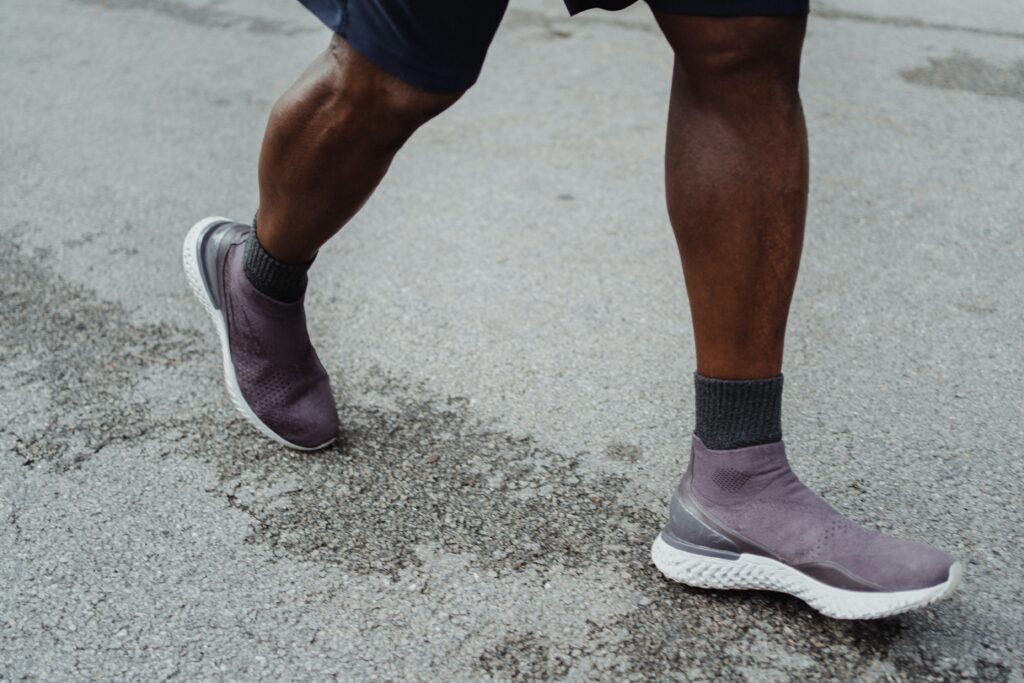The Importance of Physical Therapy for Chondromalacia Patella: Strengthen, Stabilize, and Prevent Re-Injury
Introduction
Do you have a nagging pain in your knee when running, climbing stairs, or participating in physical activity? You could be suffering from Chondromalacia patella, commonly known as runner’s knee.
This condition results from the softening and breakdown of cartilage beneath the kneecap and often causes pain and discomfort. Physical therapy is one of the most effective treatments for runner’s knee. It can help alleviate inflammation, develop strength in the muscles surrounding the knee joint, reduce postural imbalances, and improve mobility in the long run.
What to Expect at Physical Therapy:
Physical therapy begins with an initial evaluation assessing your range of motion, strength, and functional movement ability. Based on the evaluation results, your therapist will devise a treatment plan tailored to your goals.
During therapy sessions, a physical therapist will use manual techniques such as joint mobilization and soft tissue massage to tackle pain and inflammation. Additionally, therapeutic activities like stretching or strength-building exercises may be included in the treatment plan to increase joint mobility and knee stability.
By decreasing symptoms, improving mobility, and optimizing function, physical therapy is an effective non-invasive solution to improve knee health.
What Types of Exercises Might You Do?
At physical therapy, you’ll likely do several different types of exercises designed to target specific areas that are contributing to your runner’s knee symptoms. Some of these exercises may include:
- Quad Sets – This exercise is used to strengthen the quadriceps muscles, which stabilize the knee joint.
- Calf Raises – This exercise strengthens the Achilles tendon and calf muscles, which can help to improve your gait pattern.
- Glute Strengthening Exercises – These exercises are used to strengthen the gluteal muscles, which help to support the knee joint.
- Balance Exercises – These exercises help to improve balance and coordination, which can reduce falls or other accidents that may lead to reinjury.
How Long Does Recovery Take?
Recovery time varies from person to person, depending on multiple factors such as age, general health, and severity of symptoms. With physical therapy treatment and home exercise programs typically given by your physical therapist, most people experience improvement within 1-3 months. However, recovery can take longer if you do not stick to your treatment plan or re-injure the knee again.
How Does Physical Therapy Prevent Re-Injury?
Physical therapy plays an important role in preventing reinjury by helping you build strength and stability in the knee joint as well as improving balance and coordination. Your physical therapist will provide specific exercises that help improve your biomechanics and gait pattern so that when you return to activity, you can do it without fear of re-injury. They will also give you tips on proper form for activities like running, biking or playing a sport, which can reduce pressure on the affected area.
Conclusion
Physical therapy is an important part of the treatment plan for those suffering from chondromalacia patella. Through strengthening exercises, balance activities, and proper form instruction, physical therapy can help reduce pain and improve function in the knee joint. With a commitment to your treatment plan and home exercise program given by your physical therapist, you can expect to see improvement within 1-3 months.

